Fifteen years ago when I was deciding what to do with my life I went on a weekend wildlife filmmaking course. During one seminar a discussion broke out about the BBC's landmark series, Blue Planet.
The teacher spoke about the criticism the series had received within the industry for not telling the true conservation story. I put my hand up and rather naively proclaimed that surely people who watched those mesmerising images of marine creatures in all their splendour would feel compelled to protect them.
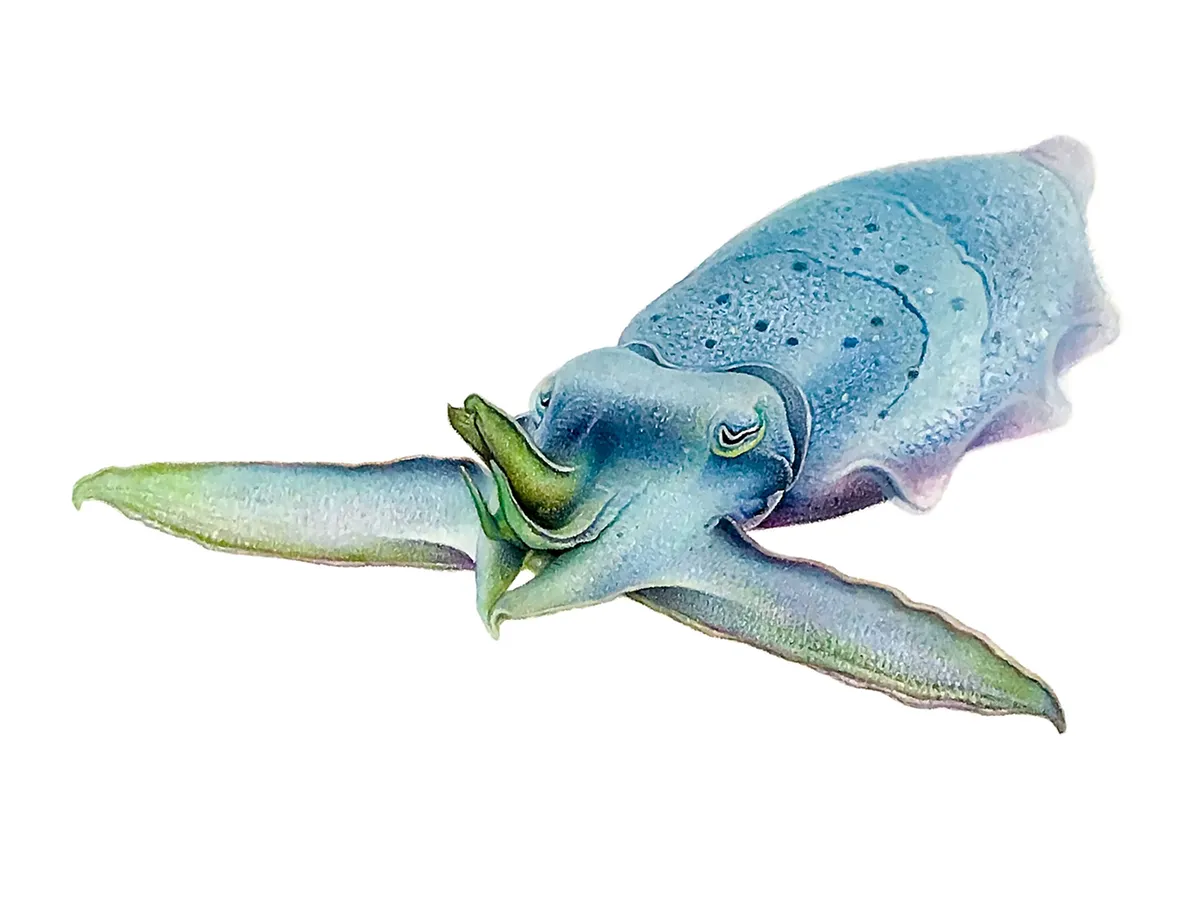
I was politely shot down. However hopeful and well intentioned my own views were, it was indeed naive. The truth is people just assumed that the oceans were fine and we need not worry.
That all changed with Blue Planet II, but in the intervening 16 years close to 130 millions tonnes of plastic was dumped in our oceans. That incident all those years ago still lingers at the back of my mind. Partly because it was embarrassing, but mainly because the point was valid.
How does one go about communicating conservation to an audience that isn’t already invested? I regularly ask myself that when it comes to my own work, and more and more in recent years I feel I’m falling short.
As visual artists we have a real opportunity to make a difference in this new age of social media. So much is now image based, and if you can’t tell your story quickly and effectively people will move on with a swift swipe of the finger.
There may never have been a more important time for wildlife art, but is posting endless images of healthy rhinos, elephants and tigers really having a lasting impact?

We say we’re doing it to raise awareness about the plight of wildlife, but let’s be honest, how often does one actually read all the accompanying text to an Instagram post? If you succeed in wading through the hashtags you might stumble across some fact about ‘x’ number of giraffes killed last year, but even so, the likelihood is you’re just preaching to the already converted. The story needs to be told within the image.
As an example, I recently ran an experiment on my Facebook page where I posted an image of a baby rhino I’d drawn, asking people to say the first word that comes to mind. The most common response was “sweet” or words/emojis to that effect.
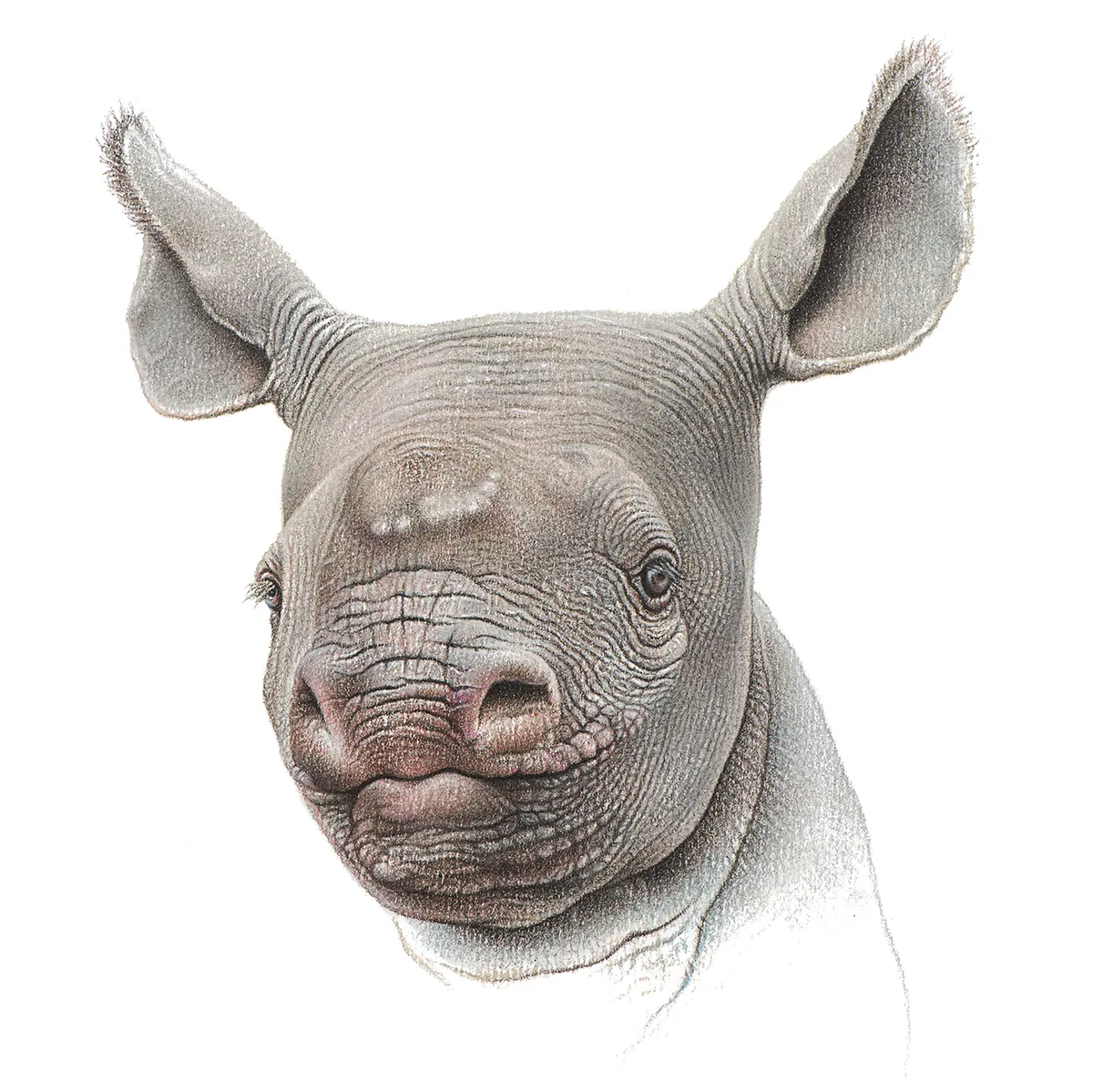
The next day I posted my drawing of a rhino horn with a bleeding human finger protruding from the tip and the response was very different - “sadness”, “heartbreak”, “poacher”, “help”, “senseless”, “anger”, “odd”. The baby rhino may have got more likes, but the latter elicited more concern.
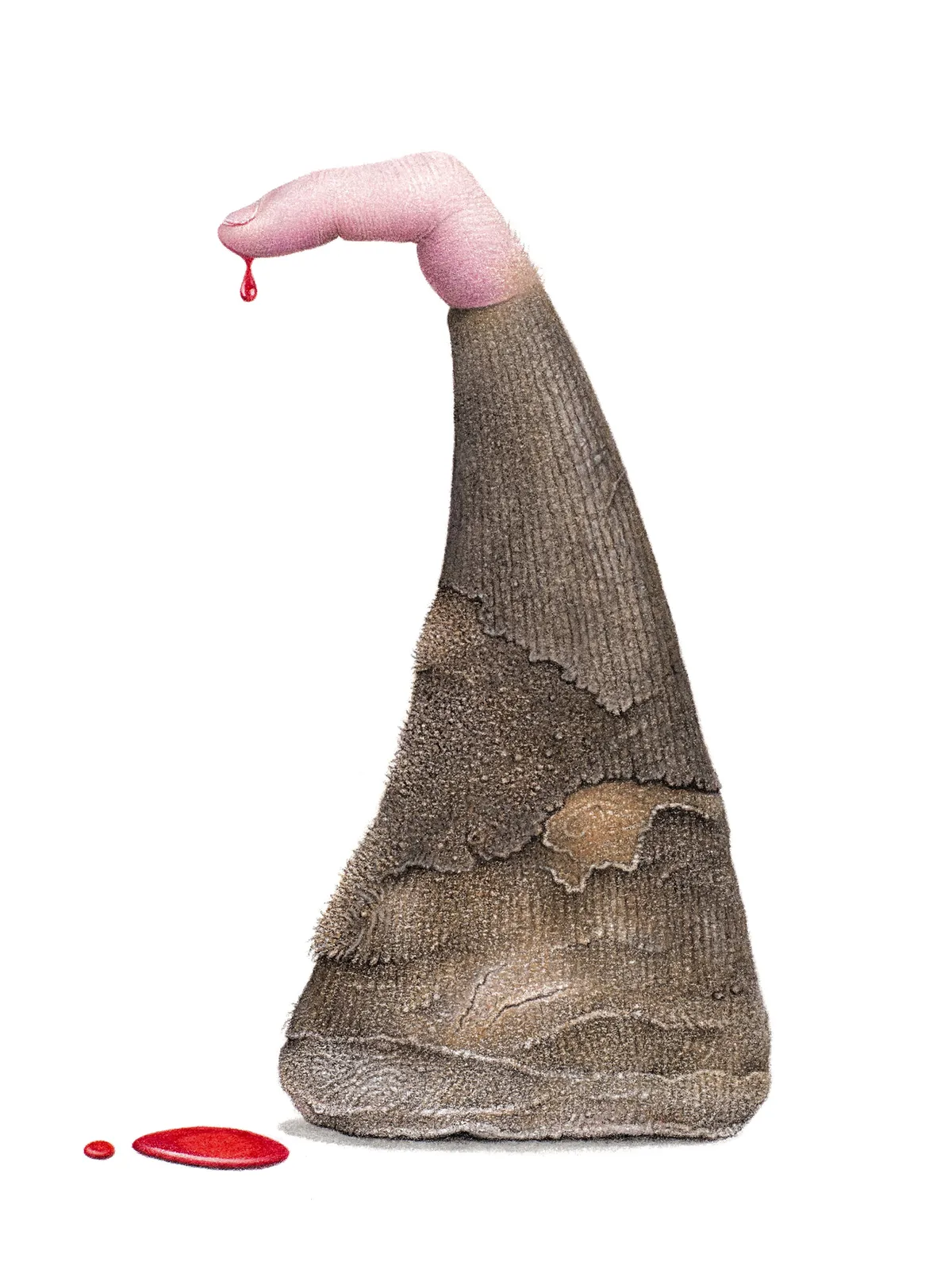
Every wildlife artist I’ve met cares deeply about the wellbeing of their subjects, and relative to what they earn, wildlife artists give a lot back in terms of money raised from their craft. I’ve not yet been to a single charity raffle where the top prize is a day of free legal advice from a qualified solicitor ... I’m sure it’s happened, but more often that not it’s a lovely piece of art, and therein lies the problem.
No one wants to own a drawing of a bloody rhino horn, and most wildlife artists can’t afford to spend time working on something that is unlikely to sell. For a long time I struggled with calling myself an artist. Imposter syndrome perhaps? I don’t suffer from it anymore.
Whether or not I’m a good artist is not up to me, but being a responsible one is. Calling myself a conservationist has been even more problematic, so I’ve settled on PR for wildlife. Am I succeeding in my job? Truthfully, I think I’d be a better servant by adopting a more creative approach to depicting wildlife.
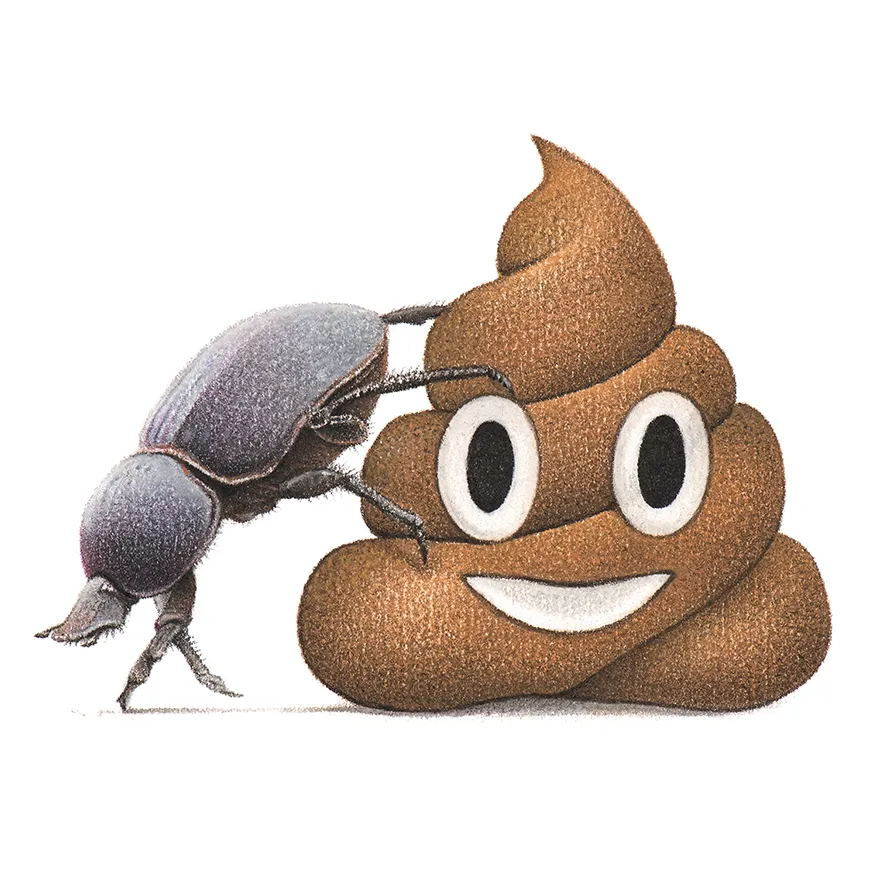
I believe there is space for both. After all, there is still a lot of beauty in the natural world, and we should be reminded of that. As Pablo Picasso once said, “The purpose of art is washing the daily dust off our souls”.
Blue Planet II managed to strike a balance between highlighting the beauty and complex behaviour of marine life, yet all the while threading a story of despair.
I would like to see wildlife artists taking more risks and daring to pepper our social feeds with visual warnings about the state of our planet and its animals.
The narrative for wildlife is a lot bleaker than it once was. It’s time that art reflected that.
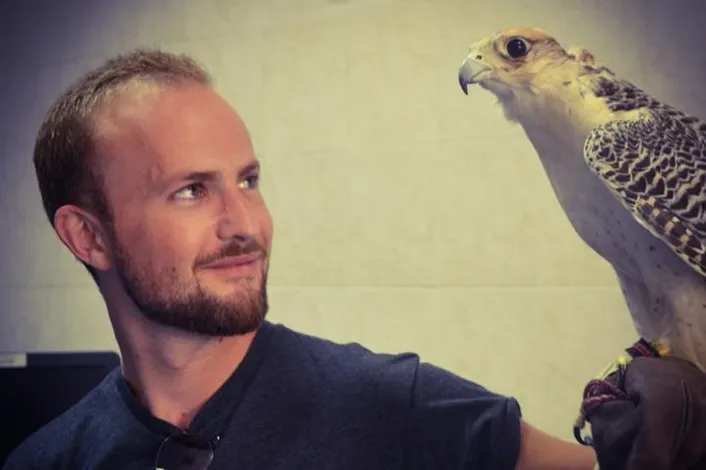
Martin Aveling is renowned wildlife artist and a judge on a new category for young artists (17-25 years) at the David Shepherd Wildlife Foundation Wildlife Artist of the Year - ‘Human Impact’.